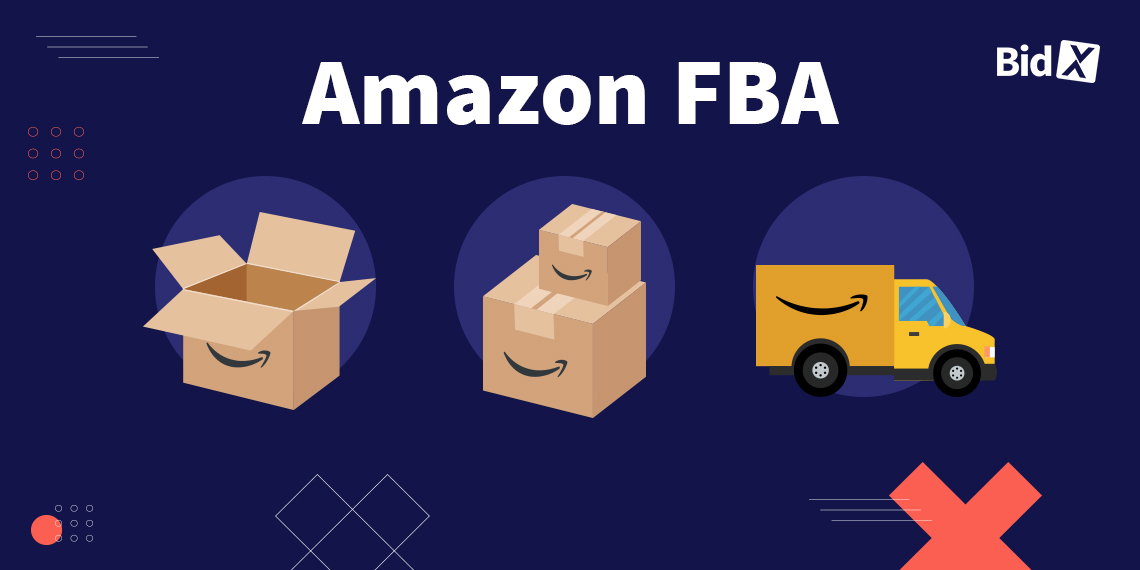How to Use Customer Feedback to Optimize Your Amazon Listings
Deeply understanding your target audience is essential for successfully launching products on Amazon. That’s why regularly conducting consumer research and gathering feedback from your customers is a great habit to get into for e-commerce sellers.
In this article, we'll talk about how to gather and use consumer feedback to launch better products, optimize your marketplace listings, and build customer loyalty.
Why customer feedback is important
93% of buyers say that online reviews impact their purchase decisions, and the more and better reviews your product has, the better it will rank in Amazon search results.
Before investing your time and money into launching a new product, you need to ensure that your target audience actually wants or needs it.
If they do, then you’ll want to maximize visibility and conversions by optimizing your product listing.
By actively seeking customer feedback on a regular basis, you’ll gain important insights such as the problems they’re trying to solve and expectations regarding products. This empowers you to not only make better decisions about future products you plan to launch, but also tweak your current listings to your audience’s preferences.
Gathering feedback to ensure that your audience loves your products also builds stronger customer relationships, loyalty, and referrals, so it’s a no-brainer to prioritize consumer research.
Methods for conducting customer research
Poll, survey, or talk to your audience
So, how do you understand what your customers want? Just ask them!
Running polls or surveys, sourcing reviews, and having direct conversations with your customers are great ways to get feedback on your products and listings.
- Leverage survey or polling platforms (like PickFu) to ask your target audience specific questions and test different versions of your products, designs, or marketing.
- Search for communities where your target audience gathers (Facebook groups, etc.) and engage with them there.
- Ask for more Amazon reviews! Customer reviews are a valuable way to understand what your customers love about your products and what improvements could be made.

Analyze your competitors
Running an Amazon competitor analysis is another great way to understand your target market. Knowing how your competitors are developing and marketing their products (and how their customers are responding) can help you find gaps in the market that you might be able to fill and opportunities to optimize your own listings.
How do you run a competitor analysis? Here are the basic steps:
- Identify your key competitors. Define your market and find competing products by searching with your target keywords on Amazon. Focus on highly-ranked products with a lot of reviews to put together a quality shortlist of competitors.
- Analyze their product listings. Note product design and packaging, title, description, images, and other content in each listing. Consider things like pricing strategy, marketing tactics, and customer reviews as well.
- Interpret and leverage your findings. Maybe your product has features that the competition doesn’t, or marketing strategies they’re using that you can also leverage. By analyzing what sets top-ranking competitor products apart, you can get ideas for your optimizing your own listings.
Using consumer perceptions to optimize your Amazon listings
You’ve done the research – now it’s time to use those findings to boost your sales.
Below, we’ll dive into specific questions to asks and tests to run when gathering feedback on each aspect of your Amazon product listings.
Products and packaging
Selecting the right product is the first step to launching on Amazon successfully. That means identifying real wants and needs within your audience. During your consumer research, make sure you understand the problem your product will solve and how it fits into customers’ lives.
Once you’ve determined the product you’re going to launch, spend time developing appealing packaging. Your packaging can make a huge difference in whether people click and buy.
Here are a few questions to ask your target audience when gathering feedback on product ideas and packaging designs:
- Would you be interested in buying X product? Why or why not?
- What challenge would X product solve for you, if any? How would it solve it?
- Which packaging design appeals to you the most? Why?

Titles and main images
The first impression people will get of your product on Amazon? Its title and main image. Those two elements determine whether a potential customer clicks or keeps scrolling, so paying attention to them is important.
Your product title should be clear, simple, and use the keywords that your audience uses when searching for solutions like yours. Choose a title that accurately describes the product and calls out any key features, differentiators, or selling points if applicable.
The main image is probably the most important element in an Amazon listing, since it’s typically the first thing that shoppers will see. Grab (and keep) their attention by using a high-quality image that clearly shows the product. You can also use tactics like interesting angles, bold colors, renderings that show the product being used, etc.
During your customer research, compare multiple versions of your main image to see which one resonates with your audience, then optimize your listing based on their feedback. Another idea is to compare your main image to your competitor products’ main images, asking your audience which one they prefer.
Here are a few questions to ask your target audience about titles and main images:
- What would you type into the search bar when searching for X product on Amazon?
- Which of these products would you be most likely to click on when searching for X?
- Which product image are you drawn to the most? Why?
Descriptions and product listing content
The content on your Amazon listing page, including the product description and A+ Content, is a valuable way to provide more information to your audience. The trick is knowing what to highlight in your description, so it touches on the features your audience most cares about.
Don’t guess what your customers are looking for. During your research, ask open-ended questions like "What matters most to you when shopping for this product?" to uncover their priorities, and lean in on the characteristics that matter most to your audience. Tailor your product description and A+ content to highlight those features via text, images, infographics, and videos.
And don’t forget to use your customer’s language! Pay attention to the specific words they use to describe solutions like yours, because it might be different from how you talk about it. Using customer language in your content will help your product listings resonate with them.
Here are a few questions to ask your target audience about your product descriptions:
- What are your thoughts on this product page? Do you have any unanswered questions?
- What are the top three features or qualities you look for when shopping for X product?
- Out of these five features, which one is most important to you?
Getting started with customer research
Investing in continuous customer research and feedback is well worth it for Amazon sellers. The valuable insights you gain from your target audience will not only help you optimize your current listings and boost sales, but also give you great ideas for future product launches.
Need help getting started? There are plenty of resources available to help you run effective consumer research and gather feedback from your audience.
PickFu is a polling platform that helps e-commerce sellers get high-quality, cost-effective feedback from their target customers in a matter of hours. You can choose from 90+ audience targeting options to test your product concepts, designs, marketing, and more. Sign up for free today to create your first poll.
.jpg)


.jpg)

